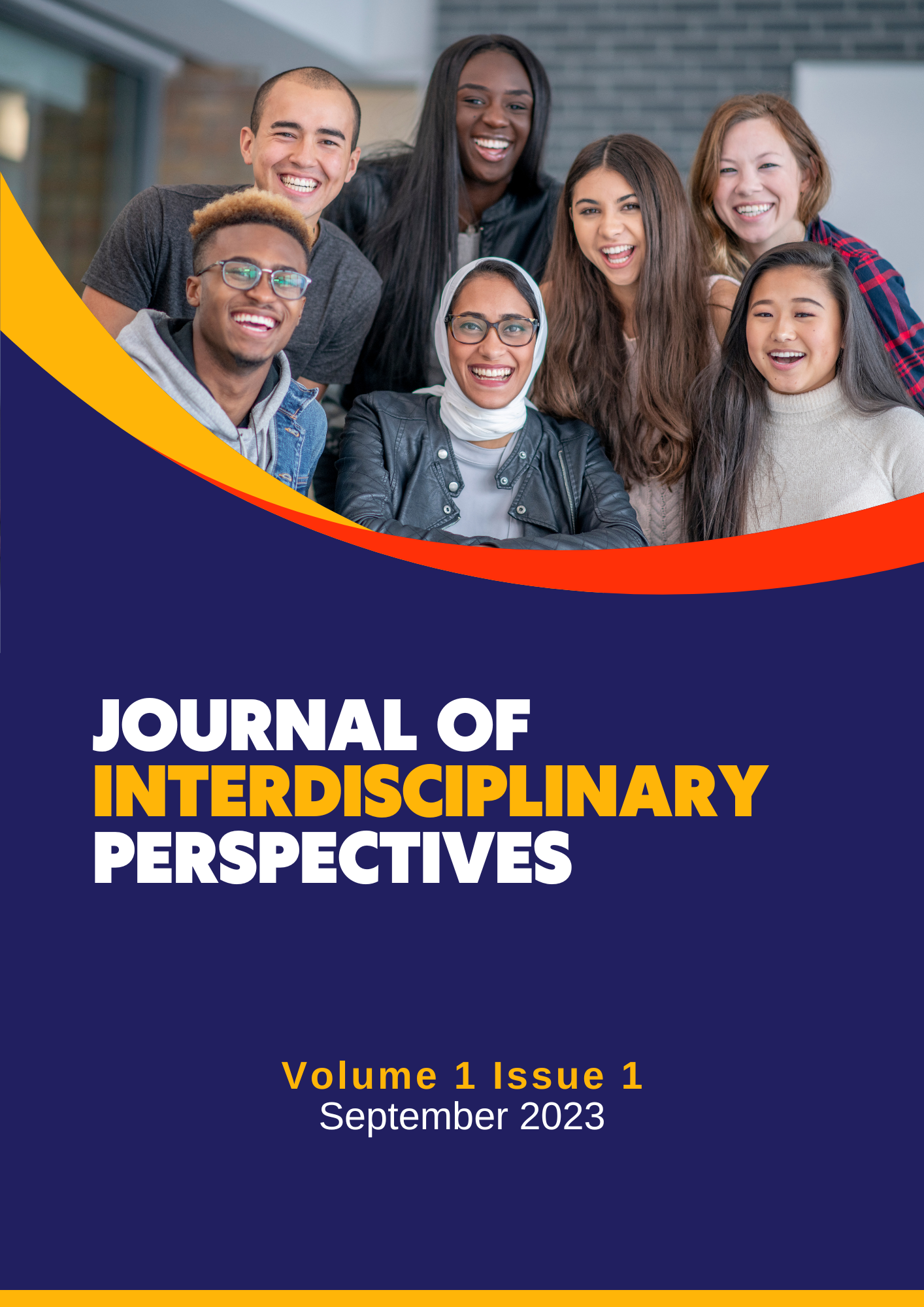Redesigning Outcomes-Based Mechanical Engineering Course Syllabus Using the Constructive Alignment Approach
DOI:
https://doi.org/10.69569/jip.2023.0002Keywords:
Education, Outcomes-Based, Engineering Education, Course Syllabus, Constructive AlignmentAbstract
The field of Mechanical Engineering is one of the earliest disciplines within the realm of engineering, having acquired a distinct identity during the nineteenth century. This study constitutes an ongoing endeavor aimed at enhancing the quality of Mechanical Engineering education. As the foundation for this revision, the authors have undertaken an evaluation of the existing syllabi for three major Mechanical Engineering courses, employing a constructive alignment approach. Pertinent data were collected through the analysis of existing documents, interviews, and consultations with the instructors of these ME major courses. Thematic analysis was employed to scrutinize the gathered data. The resultant insights were utilized to formulate a novel course syllabus that is attuned to the requisites and objectives of the university, while adhering to the Outcomes-Based Teaching and Learning Framework established by the Philippine Commission on Higher Education.
Downloads
References
ABET. (n.d.). About ABET. https://www.abet.org/about-abet/
Anderson, L. W., Krathwohl, D. R., & Bloom, B. S. (2001). A taxonomy for learning, teaching, and assessing: A revision of Bloom's Taxonomy of educational objectives (Complete ed.). Longman.
Belino, M., & Bosshard, H.F. (2011). Towards an Outcomes-Based Mechanical Engineering Education in the Philippines and the Mapua Institute of Technology School of Mechanical Engineering Experience. Doi: 10.5281/zenodo.1236048
Biggs, J. B., & Tang, C. (2011). Teaching for quality learning at university (4th ed.). Open University Press.
California Institute of Technology University. Undergraduate major in Mechanical Engineering Course Description. https://www.mce.caltech.edu/academics/ugrad
Catalano, G., & Catalano, K.C. (1997). Transformation: From Teacher-Centered to Student-Centered Engineering Education, vol. 1, 1997, 95–100 vol.1. Doi: 10.1109/FIE.1997.644819
Chan, C.K.Y., & Lee, K.K.W (2021). Constructive Alignment between Holistic Competency Development and Assessment in Hong Kong Engineering Education. Journal of Engineering Education 110, no. 2 (April 2021): 437–457. Doi: 10.1002/jee.20392
Cheung, S., Kwong, T., Su, Y., Wang, X., & Wong, E. (2013). An Exploration of Biggs’ Constructive Alignment in Course Design and Its Impact on Students’ Learning Approaches. Assessment & Evaluation in Higher Education 38, no. 4 (June 1, 2013): 477–491. https://doi.org/10.1080/02602938.2012.658018.
City University of Hong Kong. (n.d.). OBTL - Outcomes Based Teaching and Learning. Author. https://www.cityu.edu.hk/ted/obtl/obtl_teacher.htm
Ewe, J.A., Ng, F.P., & Thian, L.B (2018). Constructive Alignment of Graduate Capabilities: Insights from Implementation at a Private University in Malaysia. Malaysian Journal of Learning and Instruction 15, no. 2 (December 2018): 111–142. https://eric.ed.gov/?q=curriculum+design+framework&id=EJ1201658.
Gurney, B. and Rundle, N. (2017). Constructive Alignment Diagram. https://elibrary.utas.edu.au/lor/items/27385ef0-d14e-44e7-a5ca-fa6f8e501281/1/
Koster, A., Schalekamp, T., & Meijerman, I. (2017). Implementation of Competency-Based Pharmacy Education (CBPE). Pharmacy (Basel, Switzerland), 5(1), 10. https://doi.org/10.3390/pharmacy5010010
Mercado, G. (2017). ME 63 Syllabus for ME. https://www.scribd.com/document/347949257/ME-63-Syllabus-for-ME
Morcke, A. M., Dorman, T., & Eika, B. (2013). Outcome (competency) based education: an exploration of its origins, theoretical basis, and empirical evidence. Advances in Health Sciences Education: Theory and Practice, 18:4, 851-863. Doi: 10.1007/s10459-012-9405-9
Philippine Commission on Higher Education. (2004). Memorandum Order 97 Series 2017: Policies, Standards and Guidelines for the Bachelor of Science in Mechanical Engineering (BSME Program Effective Academic Year 2018-2019). Author.
Philippine Technological Council. (n.d.). Who we are? Author. https://ptc.org.ph/who-we-are/
Ruge, G., Tokede, O., & Tivendale, O. (2018). Implementing Constructive Alignment in Higher Education - Cross-Institutional Perspectives from Australia. Higher Education Research & Development. https://doi.org/10.1080/07294360.2019.1586842
Sanjay, G., Sharda, N. (2004). What do engineers want? Examining engineering education through Bloom’s taxonomy. https://eric.ed.gov/?id=ED524509
University of the Philippines. (n.d.). Bachelor of Science in Mechanical Engineering (old program) Course description. https://mech.engg.upd.edu.ph/academics/undergraduate/
Wankat, P.C., & Oreovicz, F.S. (2015). Teaching Engineering, Second Edition. Purdue University Press.
Downloads
Published
How to Cite
Issue
Section
License
Copyright (c) 2025 Journal of Interdisciplinary Perspectives

This work is licensed under a Creative Commons Attribution-NonCommercial 4.0 International License.








